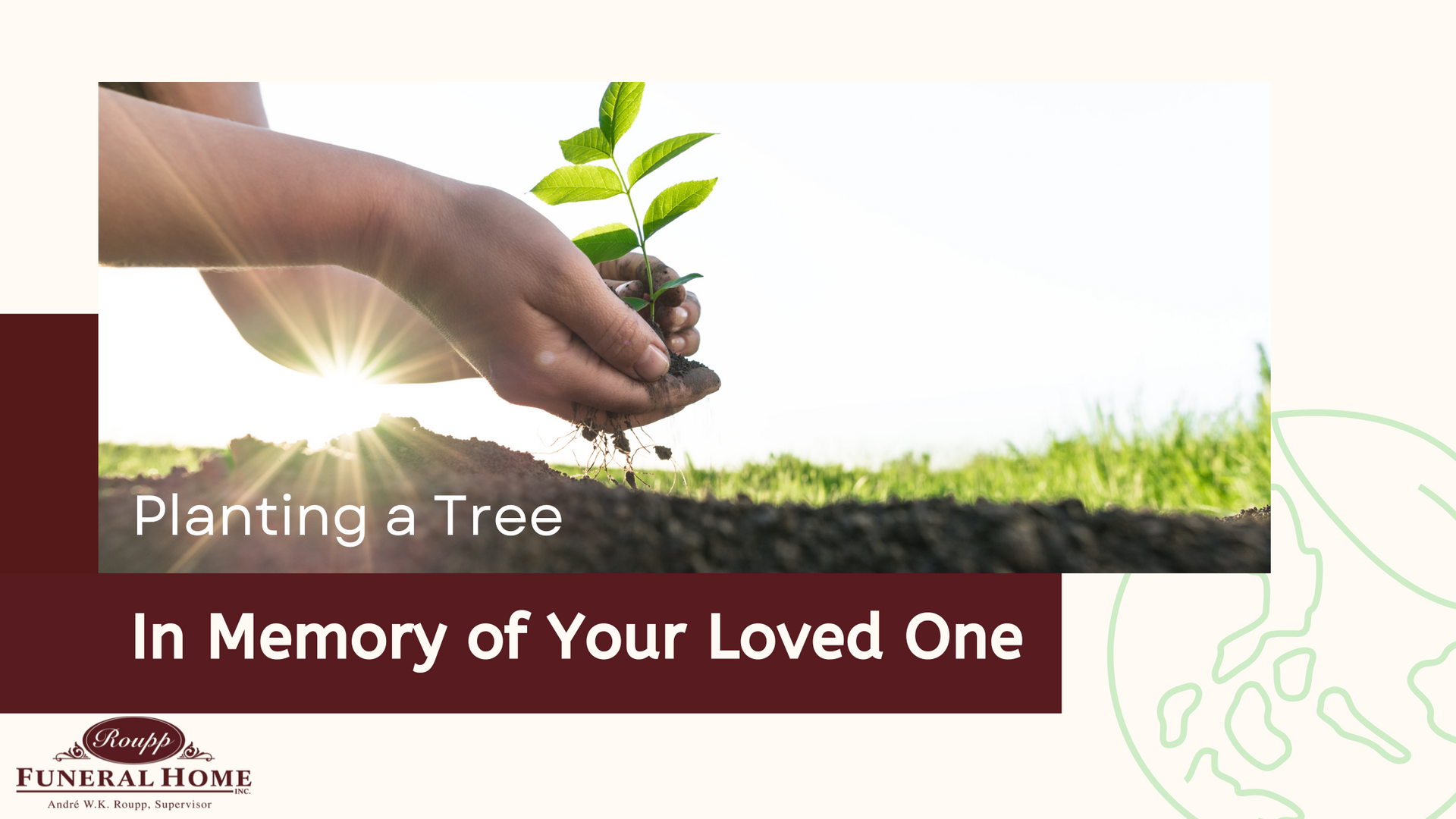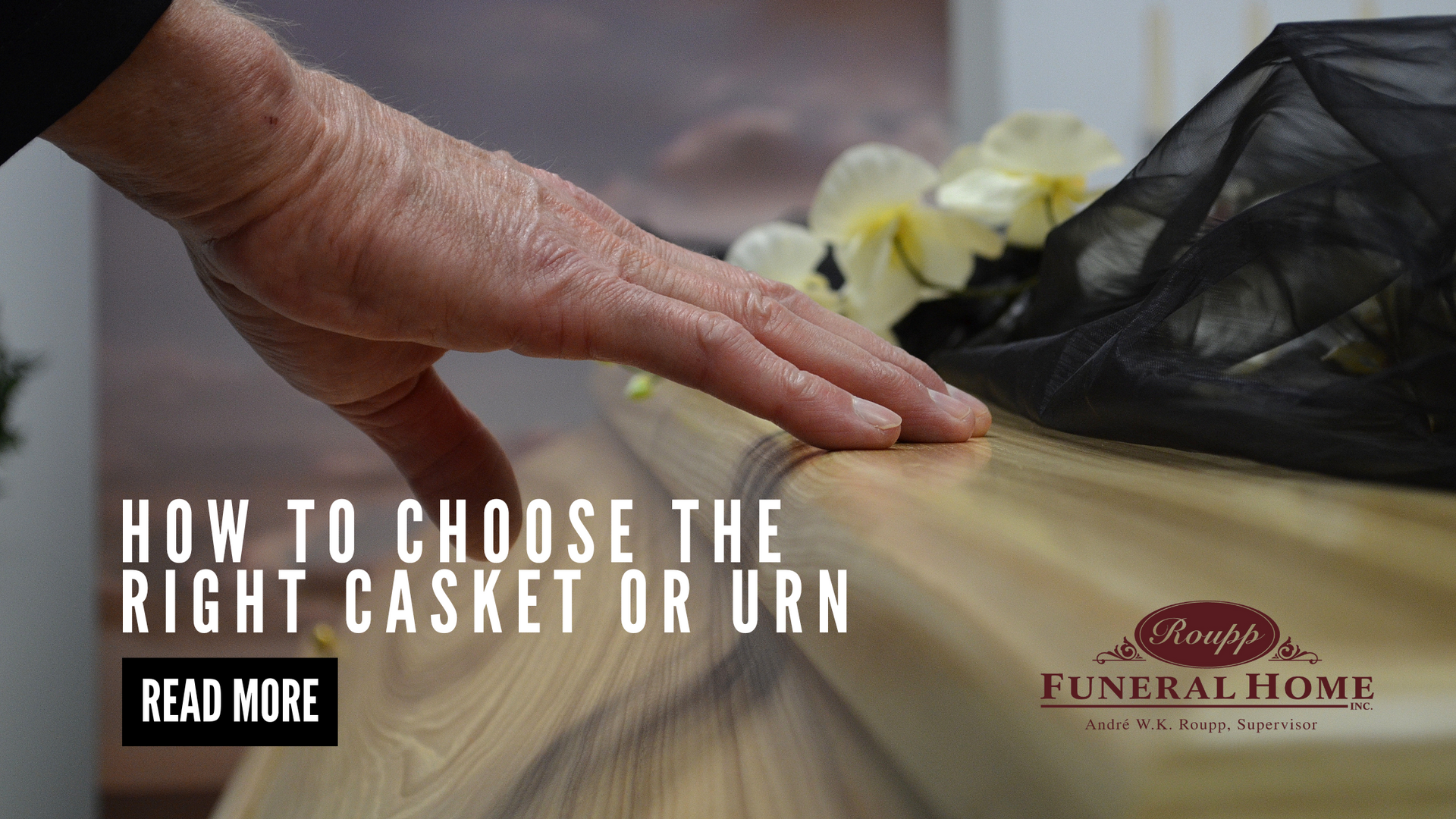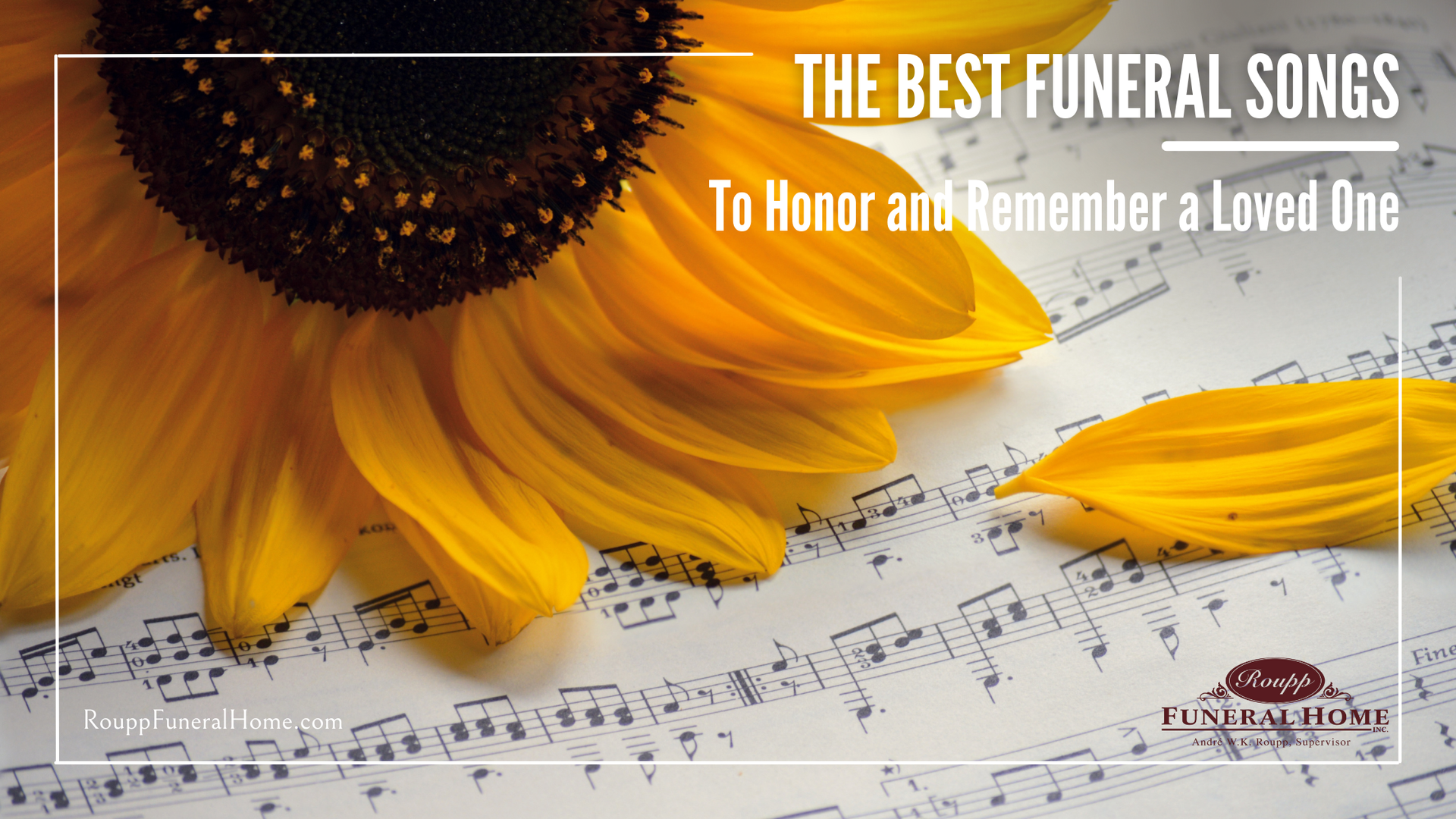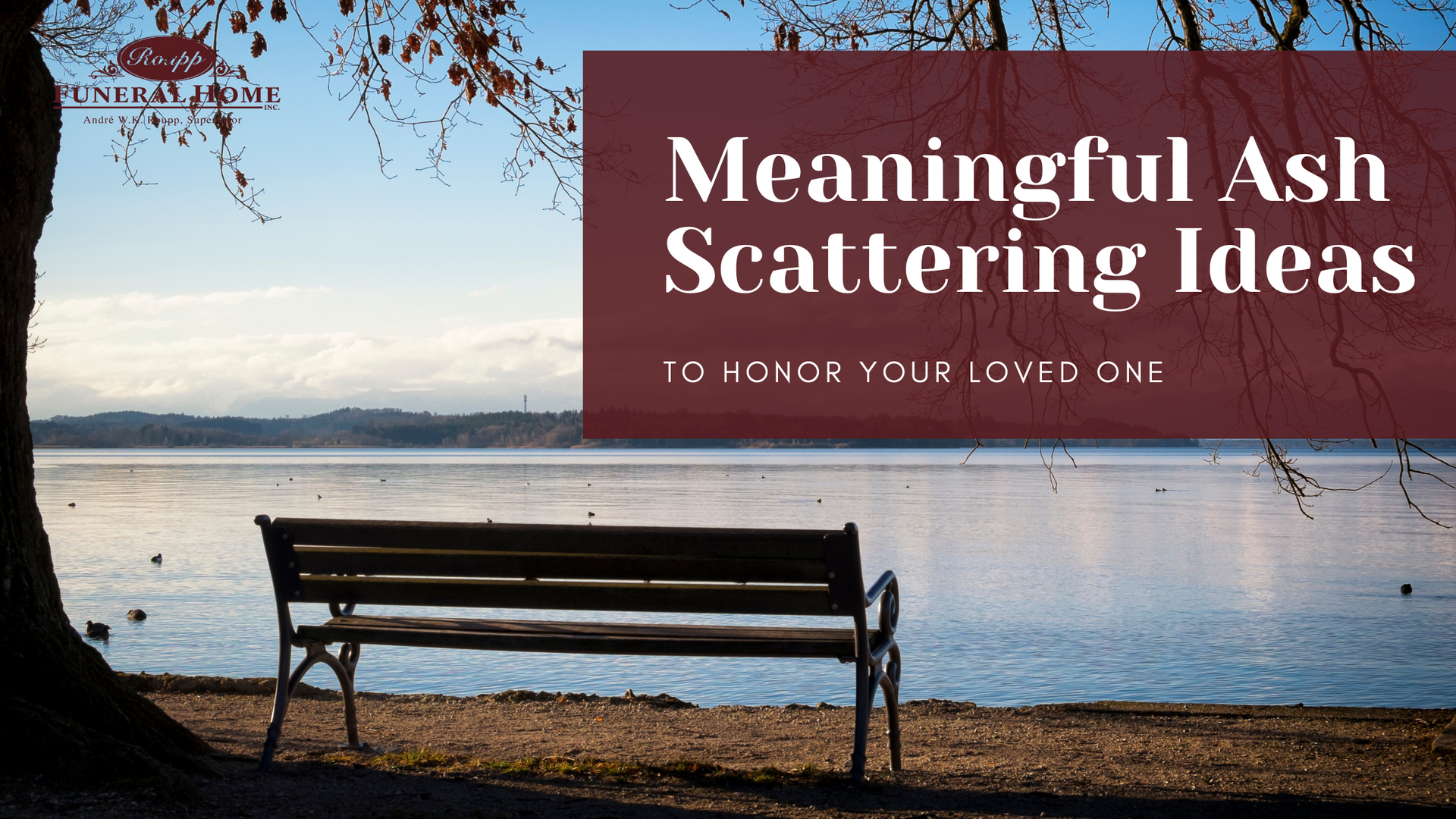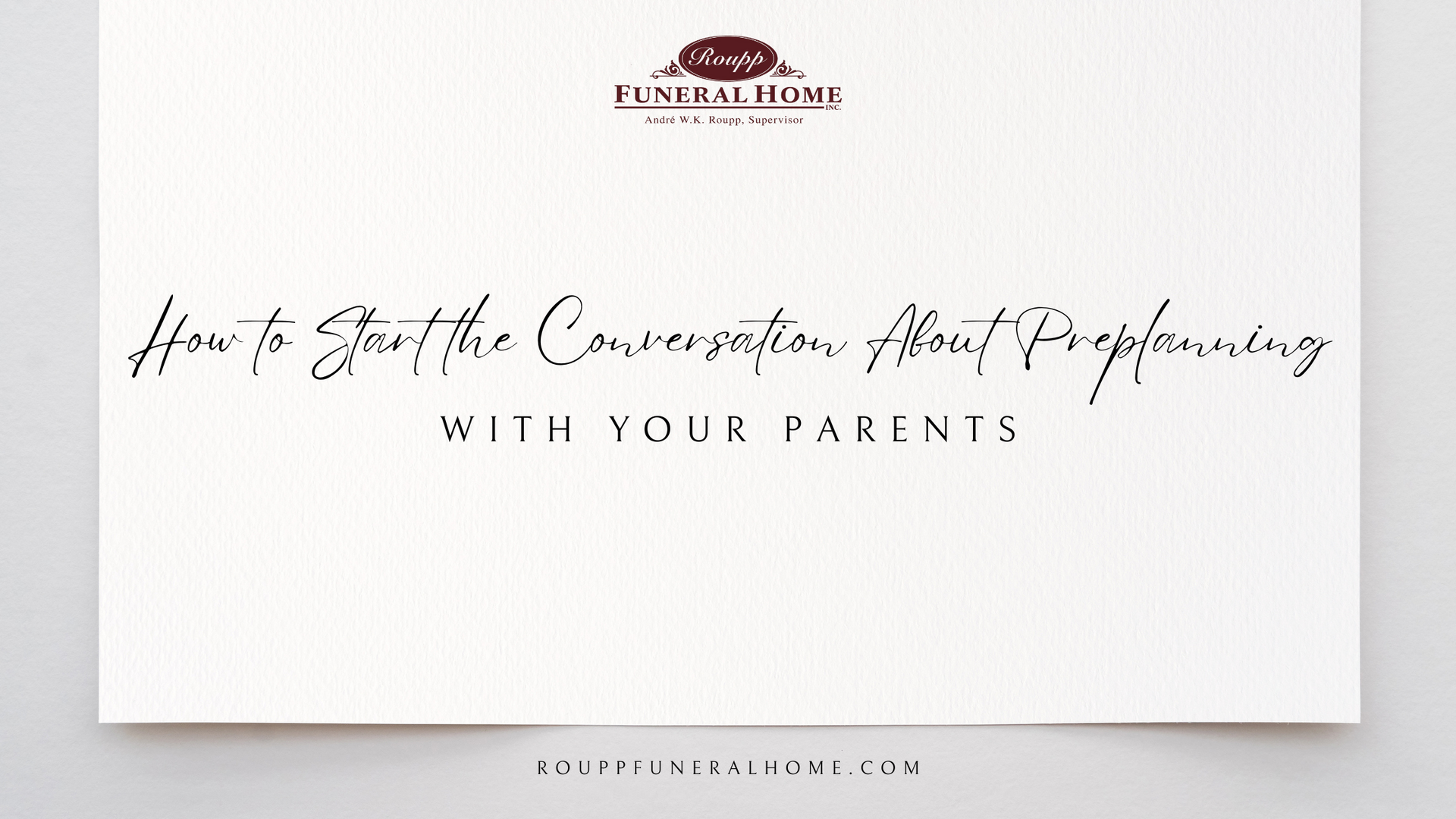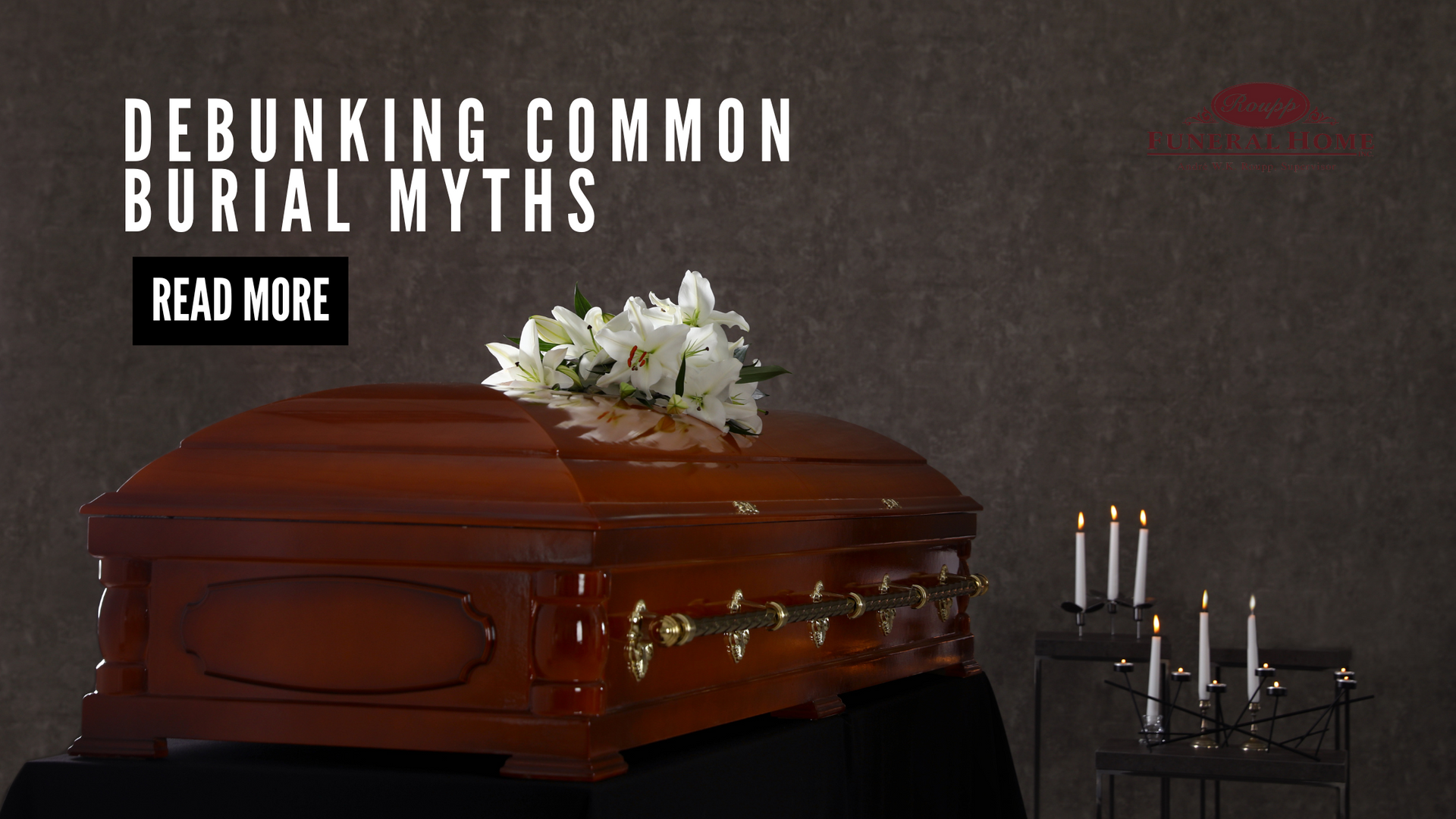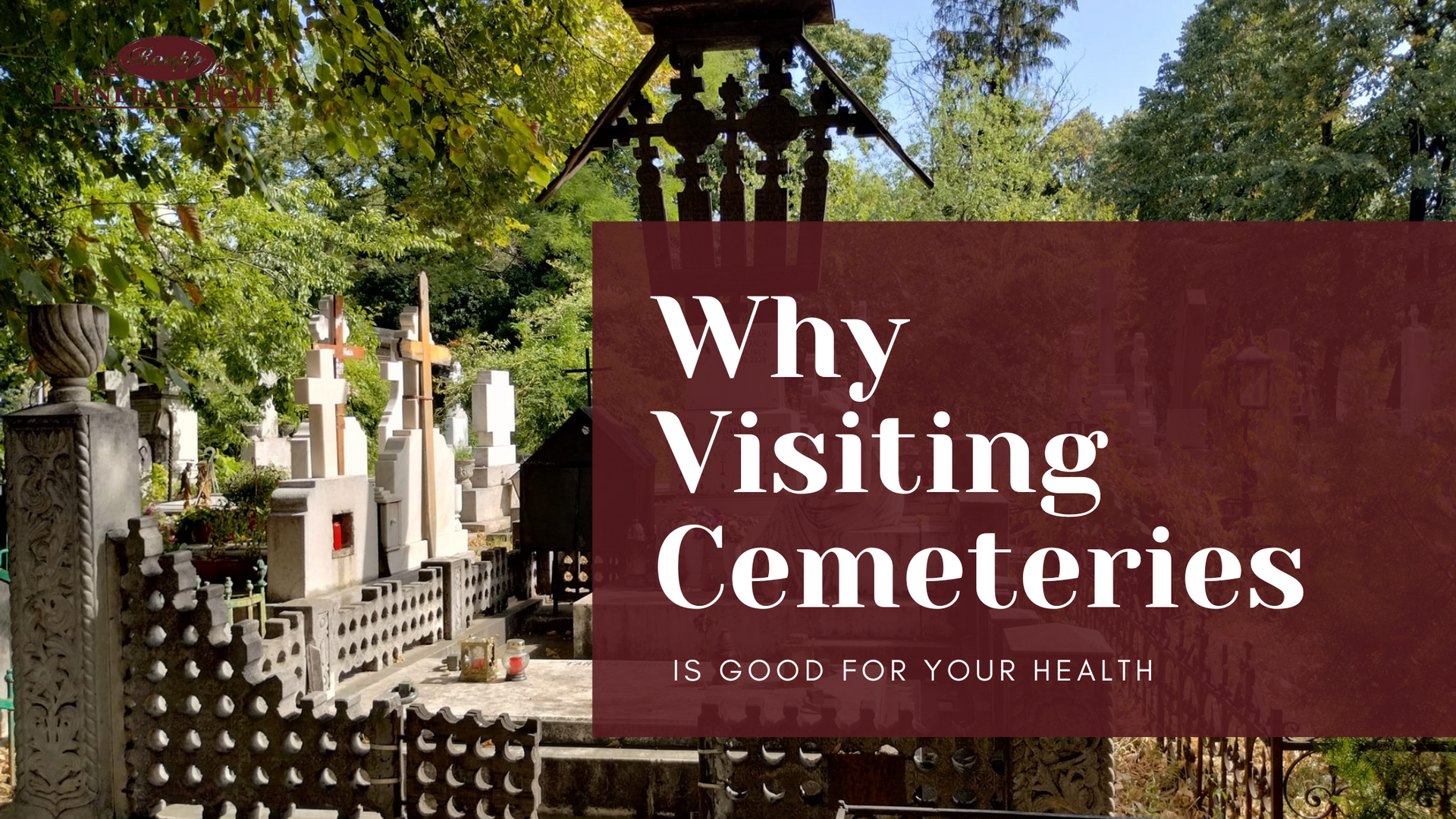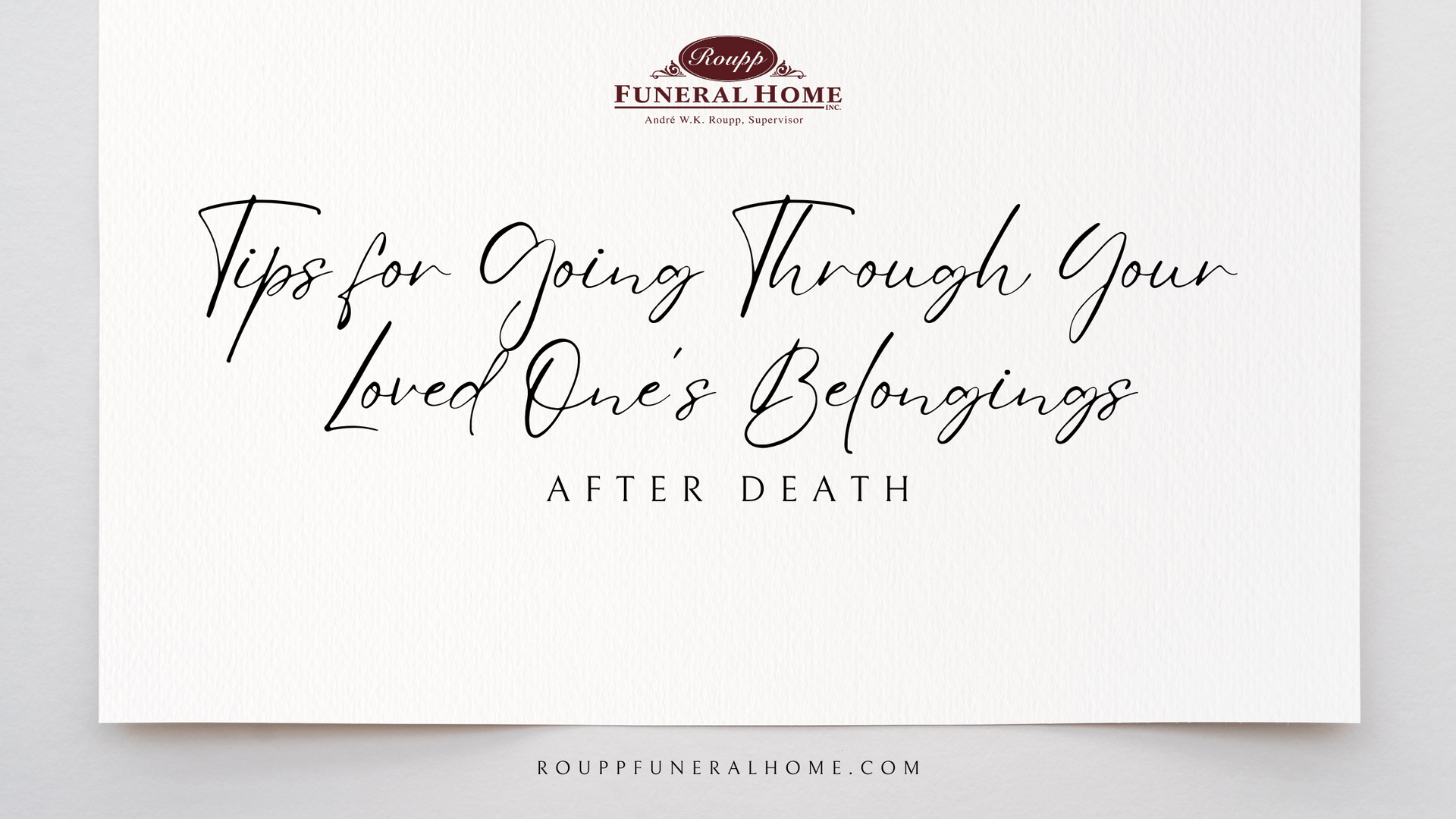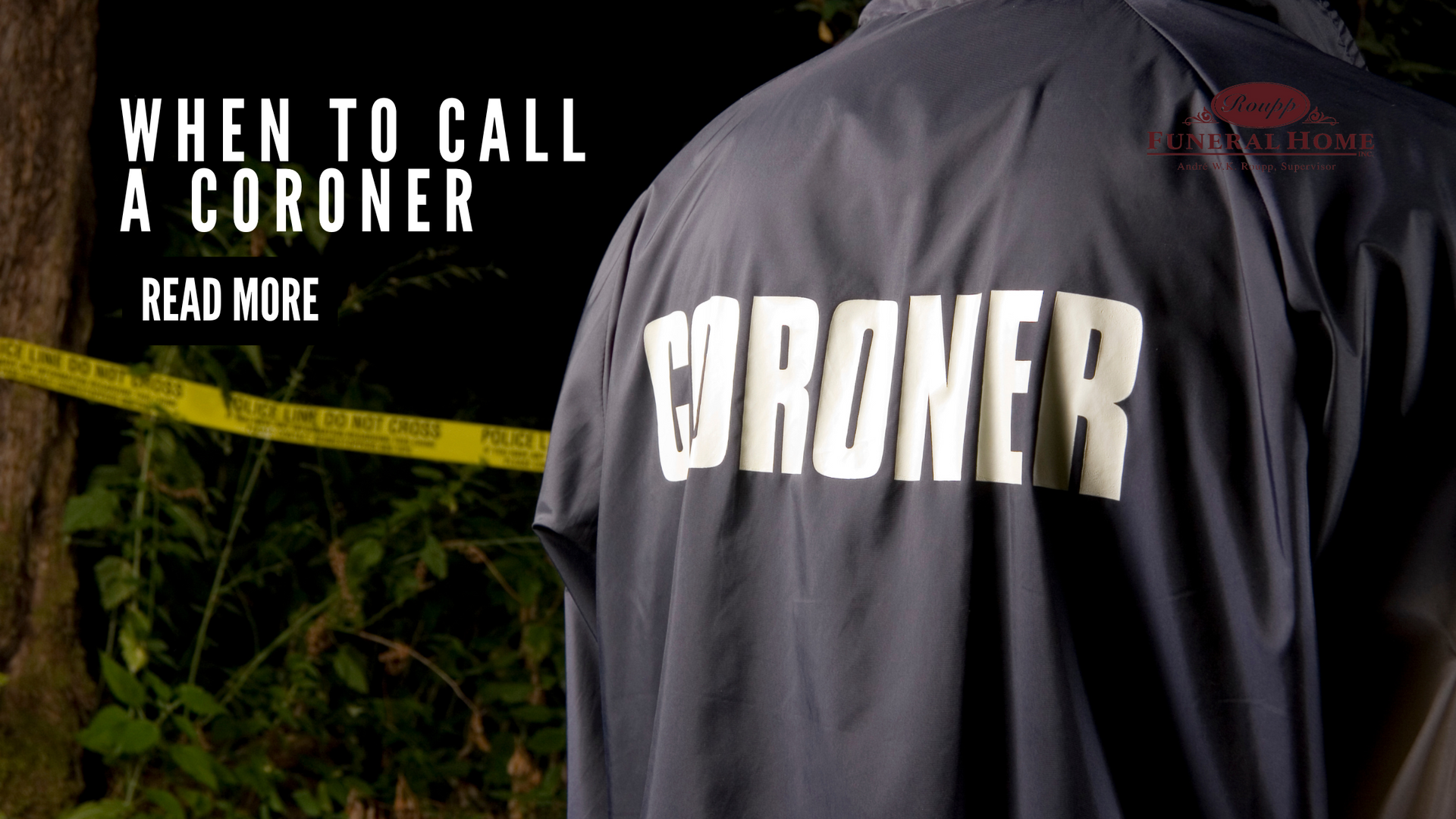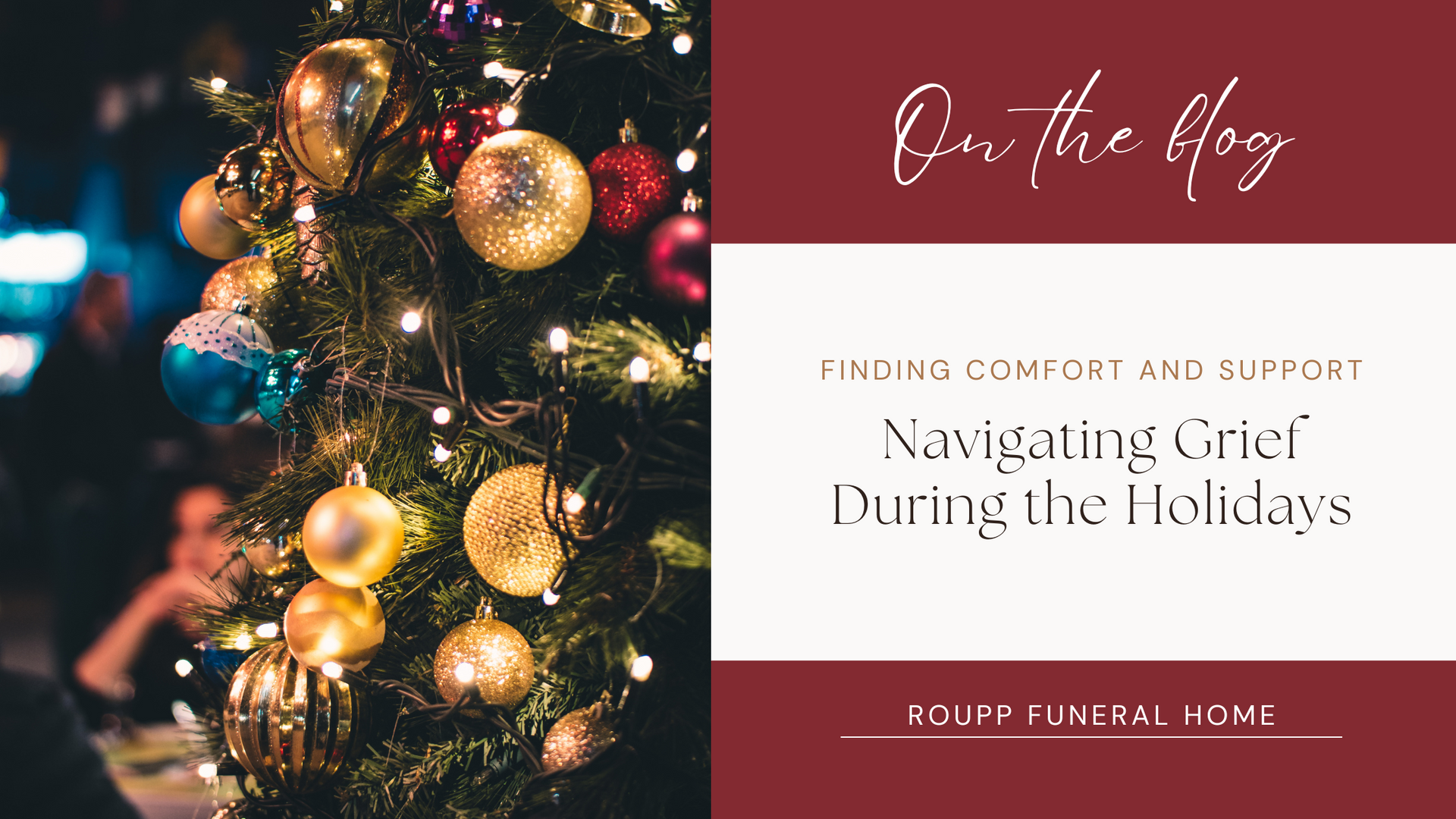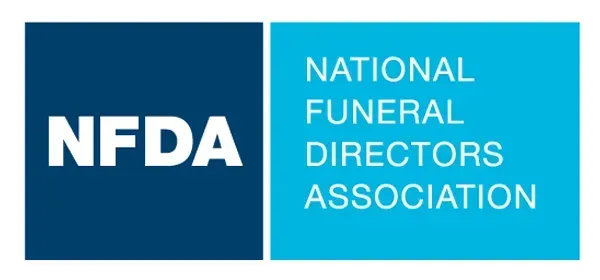The History of Burial Traditions
A few weeks ago, we wrote about The Why of Funerals and explained some of the most frequent questions we receive in our industry. Why do we embalm? Why is there a need for a casket? Why are flowers used and why should you have a funeral luncheon? Why do we have funerals anyway or need funeral directors?
This week, we want to dive more into burial traditions and the history of how they all began. Keep reading to discover the why behind the wake, prayer cards, stones on a headstone, and so much more.
The Wake/Viewing:
Why is it that we feel the need to show up to say goodbye to the departed? While there is no definitive answer for this or when this tradition started taking place, we can see that
the wake has gone back as far as Roman times.
Long ago, after the remains were anointed, and the deceased laid out with their feet pointing toward the door, the family would gather at the bedside. Before modern medical technology, there was a very legitimate and real fear of being buried alive. Hence, family members and friends would hold a vigil for a prescribed amount of time to make sure the decedent was actually dead.
This fear of premature burial was so real that the president of the Second Continental Congress, Henry Laurens, of South Carolina, ordered his body burned because he was terrified of being buried alive after his daughter almost met that same fate. This is the first recorded “cremation” in America.
Today, even though we have modern medicine negating the need for an actual wake, the tradition of viewing the deceased continues as a way for friends to express condolences and loved ones to affirm the decedent's passing—an essential step in the grieving process.
Prayer Cards:
Prayer cards are small pocket-sized cards that usually depict a
saint or symbolic Christian scene, such as Jesus on the cross or the virgin Mary. The back side of the card has the deceased name and a prayer that the owner of the card is encouraged to recite in memory of the deceased. It can act as a keepsake of their loved ones by sometimes featuring a photo of them on the front instead of the religious scene.
Funeral or mourning gifts have always been a custom since Colonial-era America and beyond. Common gifts included gloves, scarves, rings, and spoons. The rings bore inscriptions typical to the time period and were often handed from one generation to the next as family heirlooms. The spoons were called “monkey spoons” because of the curved hook on the handle end and were often custom-made for the event with funerary imagery or saints engraved in them.
The value of the gift corresponded to the deceased’s status in the community, the wealthier the person, the more extravagant the gift. The gift-giving caused the cost of the funerals to soar, leaving some municipalities to issue limits or do away with the giving of gifts. However, the tradition continues. Instead of a solid silver spoon, attendees of a funeral often leave with a prayer card or memorial folder as a keepsake of the event.
Prayer cards serve as a pleasant reminder of how friends and family members should remember their deceased loved one. A photo of the deceased printed on the front of the card along with a sweet prayer or poem is a reminder to all, that while their loved one may have passed, their memory can be carried forth into the world with all those left to mourn.
Stones on a Headstone:
Have you ever been in a cemetery and seen small stones placed on the top of a monument or headstone? There are many interpretations of this ancient Jewish custom including marking the grave to prevent priests from becoming ritually impure to creating a bond with the deceased. And while those reasons aren’t incorrect, there’s a more practical reason.
Centuries ago when Jewish people were buried in the desert, mourners would mound collected stones over the grave because there weren’t modern stone slabs to serve as monuments. That pile of stones was the remembrance, the “marker,” of that loved one. Over time, when family and friends would pass the grave, they would add to the monument to keep the person’s memory alive. If they didn’t continually build the stone mound the desert winds would eventually cover the monument.
This tradition continues today when family and friends place small stones on top of existing monuments when visiting the cemetery. The practice has been extended beyond the Jewish faith, and visitors will often see these remembrance stones in cemeteries of many different faiths today.
Here at Roupp Funeral Home, we are happy to answer any questions you may have when it comes to burial traditions for you or your loved ones.
We offer a range of personalized services to suit your family’s wishes and requirements. You can count on us to help you plan a personal, lasting tribute to your loved one, and we’ll carefully guide you through the many decisions that must be made during this challenging time. You are welcome to call us at any time of the day, any day of the week, for immediate assistance or visit our funeral home in person at your convenience.
To learn more about us and the services we offer, please visit: rouppfuneralhome.com
